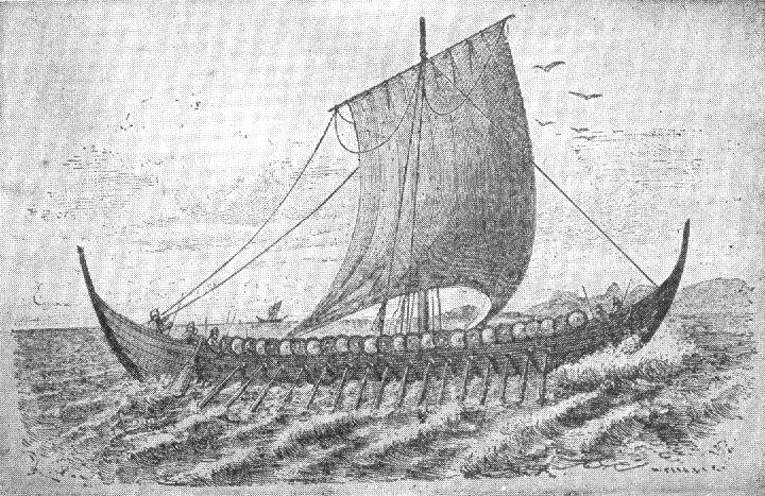The first Europeans known to have seen the North American continent were the Norseman or Vikings. Late in the 9th century Vikings from Norway established a settlement in the south of Greenland. Later, they sailed as far as what is today the American coast, probably Cape Cod. Today there is a site on the northern tip of Newfoundland which has been established as a definite Viking settlement called L’Anse-aux-Meadows. It is an archaeological site with the status of “World Heritage” by UNESCO.
No one knows for sure what happened to this settlement. It is thought that the settlers had conflicts with the local Aboriginal people and serious battles occurred annihilating the whole population. The Vikings did not appear to be easy to get along with. They had previously invaded, raided and even settled in northern England and the northern Province de Normandie in France.
Since the Vikings did not survive their stay, they have had no influence in the permanent settlement of Canada. France on the other hand — in 1534 sent explorer and mariner Jacques Cartier who was first to use the word “Canada” to mean the land where Québec City now stands, and to claim it for his country. In time, and with the work of several other explorers, Canada became a large province of France, and including the territory extending as far south as the Ohio River and as far west as the Mississippi River.
Image: A Norse Ship: From the text: History of Canada For High Schools.
Contact Terri Lefebvre Prince,
Heritage Researcher,
City of Yorkton Archives,
Box 400, 37 Third Avenue North
Yorkton, Sask. S3N 2W3
306-786-1722
[email protected]




